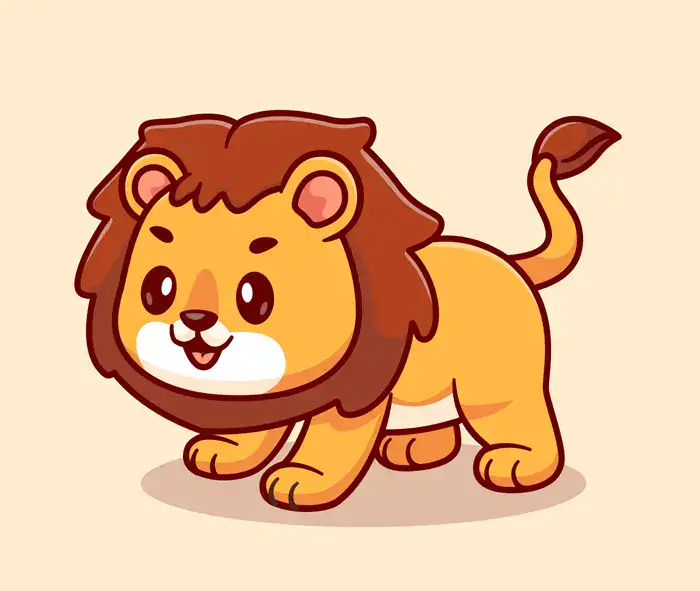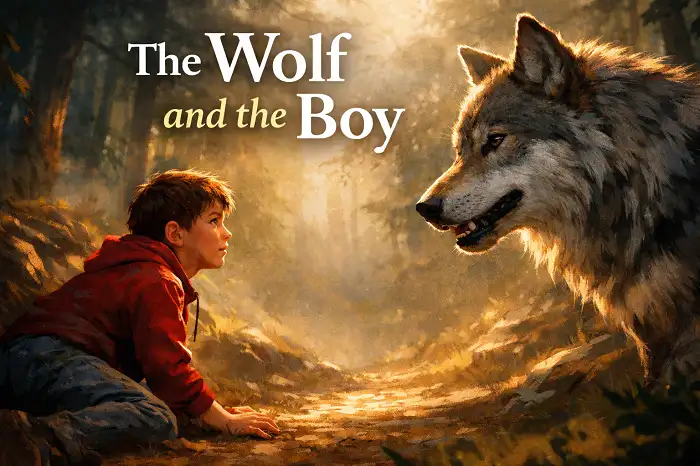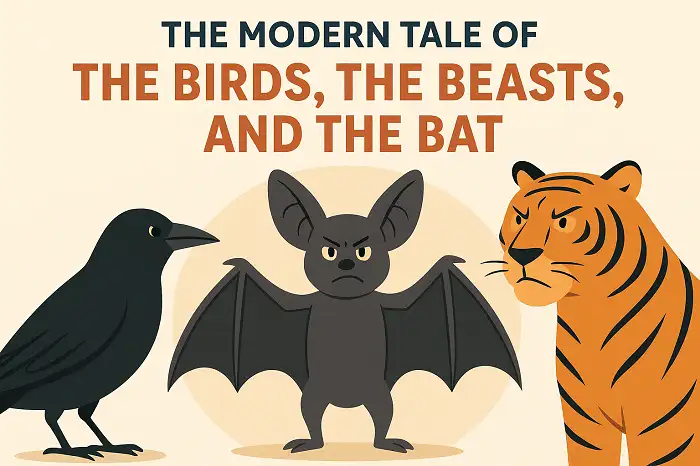The Man and the Lion by Aesop for ESL students with a video, vocabulary practice in real context and questions for discussion The Man and the Lion is now in the public domain available on Gutenberg Project. Video of the Man and the Lion The Man and the Lion A man and a lion were companions on a journey, and in the course of conversation, they began to boast about their prowess, and each claimed to be superior to the other in strength and courage. They were still arguing with some heat when they came to a cross-road where there ...
Home » English Short Stories » The Man and the Lion by Aesop for ESL Students

The Man and the Lion by Aesop for ESL Students
Updated: by Dr. Mohammad Hossein Hariri Asl
Time to Read: 5 minutes | 255 Views | 4 Comments on The Man and the Lion by Aesop for ESL Students
Share This Post
About the Author
Dr. Mohammad Hossein Hariri Asl is an English and Persian instructor, educator, researcher, inventor, published author, blogger, SEO expert, website developer, entrepreneur, and the creator of LELB Society. He's got a PhD in TEFL (Teaching English as a Foreign Language).
Number of Posts: 4235



I didn’t exactly understand the story. But I think the lion was right because for example if the rats made the statue the rats were killing or strangling the lion.
Thank you for your comment. I just wonder where you got the word “rats”! This story is an argument between a lion and a man.
In this short fable, a man and a lion argue about which of them is more powerful and superior to the other.
The man tries to prove his superiority by showing the lion a statue of a man defeating a lion.
To me, the moral of the story is that every story has multiple dimensions and perspectives, and we should consider other viewpoints as well.
You’re precisely referring to the central message of this short story. We should not mix our judgment with bias and prejudice. Otherwise, our decisions would be lopsided and uneven.